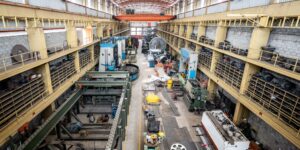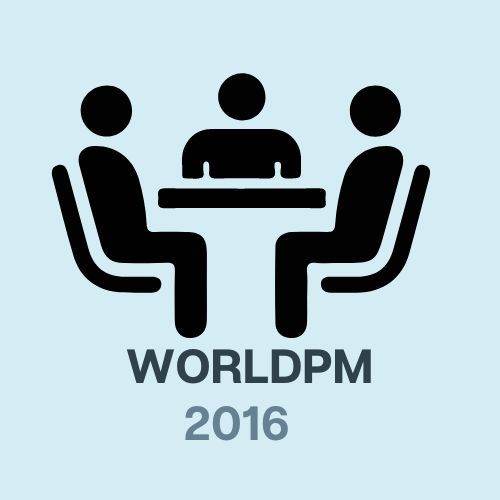Powder metallurgy (PM) has become a significant player in the industrial sector, providing innovative solutions and unmatched advantages to a wide range of sectors. The WorldPM Congress & Exhibition has developed into a significant international event for professionals, researchers, and organizations active in the PM business, which is evidence of its expanding significance. The WorldPM phenomenon exemplifies how powder metallurgy has revolutionized numerous global sectors.
Powder metallurgy’s ascent
The first civilizations to use metal powders to make beautiful items and currencies are where powder metallurgy got its start. But it wasn’t until the 20th century that PM’s full potential started to be understood. Powder metallurgy, which involves the creation and processing of metal powders to generate completed or semi-finished components, has developed into a sophisticated process today.
Powder metallurgy has become a popular option for manufacturers in a variety of industries thanks to its capacity to generate elaborate designs and complicated shapes with little material loss. Automotive, aerospace, medical, electronics, and energy are a few of the major industries that profit from PM.
WorldPM: A Collaboration and Innovation Platform:
Professionals in the field of powder metallurgy can exchange knowledge, network, and collaborate on a global scale at the WorldPM Congress & Exhibition. Participants can learn about the most recent developments, upcoming innovations, and market trends that are advancing the industry through lectures, seminars, panel discussions, and exhibitions.

WorldPM promotes innovation and supports the creation of new applications and technologies by bringing together experts, vendors, and end users. Additionally, the conference offers delegates a special chance to consider alliances and team ups that can influence powder metallurgy’s future.
Industrial Powder Metallurgy Transformation:
Powder metallurgy has had a big impact on industry, and many different fields have benefited from its special benefits. Here are a few instances:
Automotive: The manufacture of lightweight, high-strength components that increase fuel efficiency and lower emissions thanks to PM has transformed the automotive sector. Manufacturing items like gears, bearings, and engine components now requires powder metallurgy.
In order to create intricate, high-performance parts that can resist extremely high temperatures and pressures, the aerospace industry has embraced PM. Turbine blades, heat exchangers, and structural elements for aviation and spacecraft are a few examples.
Medical: Powder metallurgy has achieved important advancements in the realm of medicine, especially in the creation of specialized implants and surgical tools. PM enables the development of patient-specific, biocompatible devices that improve patient outcomes and speed up rehabilitation.
Electronics: The precision and shrinking abilities of PM techniques are advantageous to the electronics industry. Powder metallurgy processes are frequently used to produce parts including connectors, heat sinks, and electromagnetic shields.
Energy: The development of renewable energy technology, such as wind turbines, solar panels, and fuel cells, has been significantly aided by PM. Using powder metallurgy, components that enable the production of sustainable energy can be created that are effective, long-lasting, and affordable.
The WorldPM phenomena emphasizes powder metallurgy’s ability to revolutionize contemporary industry. Powder metallurgy will surely continue to lead manufacturing innovations as long as the world community continues to place a high priority on innovation and sustainability. Industry participants can get together at conferences like WorldPM to explore new ideas and help create a better future for the manufacturing sector.
